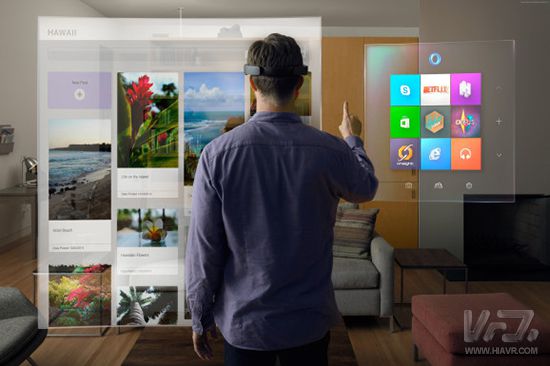
When new and groundbreaking technologies emerge, excitement is natural. However, with rapid development comes uncertainty. Navigating this landscape can be challenging, especially for those looking to build a career in emerging fields like AR (Augmented Reality) and VR (Virtual Reality). To gain insight into what it takes to succeed in this space, I spoke with four industry experts who shared their perspectives on starting a career in the AR and VR sector.
**Learn About Relevant Content and Platforms**
The first step in entering the AR and VR world is to understand how these technologies work and how they can be used effectively. This means experimenting with as many devices and platforms as possible. Some of the most popular options include:
- Microsoft HoloLens
- Meta (formerly Facebook)
- Oculus Rift
- Gear VR
- Google Daydream
- Google Cardboard
- HTC Vive
- Microsoft Mixed Reality
- PlayStation VR
In some regions, you can even try demos of HTC Vive and Oculus Rift at Microsoft stores. The key is to stay open-minded and explore a wide range of experiences. Reflect on what makes certain content engaging and what might feel uncomfortable or unconvincing. This will help you develop a deeper understanding of how to create meaningful and impactful AR and VR content.
Dr. Helen Papagiannis, author of *Augmented Human*, emphasizes the importance of focusing on the human experience: “AR and VR start with the idea of building a new reality. We need to think critically about how we can use these technologies to enrich, activate, and enhance human potential. Our work should be guided by intention and a vision to improve lives.â€
**What to Do When Entering AR/VR as a Developer**
Once you’ve gained hands-on experience with different devices, the next step is to start creating your own content. If you're a developer, consider building games or interactive experiences, especially if you have prior game development experience.
Ricardo Parker, founder of the Chronos Global Academy, advises aspiring developers to begin by working with experienced professionals. “Start by building the right environment and familiarize yourself with various AR and VR platforms. Once you’re comfortable, start creating and deploying projects. VR gives you a sandbox where you can immerse yourself daily and quickly understand how software works. Then, move on to real-world projects.â€
Parker also notes that students with a strong portfolio can transition into full-time developer roles after gaining initial experience.
**What to Do When Entering AR/VR as a Creative Professional**
For creative professionals, design and storytelling are just as important as technology. In AR and VR, creativity can push boundaries by utilizing 3D spaces in unique ways.
Trevor Jones, an artist specializing in AR painting, shares his insights: “AR blurs the line between physical and digital art. It allows artists to add layers of meaning, stories, or digital elements to their work. For example, a static painting can become a dynamic narrative when scanned with a mobile device, turning into video, animation, or other digital content. This helps audiences connect more deeply with the artist’s vision.â€
Jones adds, “With the widespread use of smartphones and tablets, AR gives artists a powerful tool to reach a larger audience. Don’t fear technology — see it as a way to express and distribute your work. If you're a creative professional, you must find a way to stand out. AR is a great way to do that, but always ask yourself: How can AR expand your narrative and break creative barriers? Aim to create something truly new and groundbreaking.â€
**What to Do When Entering AR/VR as a Business Professional**
For those without technical or creative backgrounds—such as sales, marketing, business development, or operations—AR and VR still offer exciting opportunities. Many of the core principles of running a business remain the same, even in this new space.
Vinay Narayan, Technical Consultant and Executive Director at HTC Vive, advises non-technical professionals: “While lacking technical skills may make entry harder, it’s not impossible. Like any industry, success in AR and VR requires problem-solving, adaptability, and a deep understanding of the field.â€
Narayan suggests that even non-technical individuals should spend time experiencing different headsets and platforms. “Try them all, whether PC-based or mobile. As you develop content on larger VR platforms, you’ll gain a better sense of how each system works. Find what excites you, and let that passion guide your communication with technical teams.â€
**Conclusion**
The consensus from the experts is clear: Start now, experiment with as many devices as possible, and begin creating. This process will give you a full understanding of the entire workflow—from concept to planning, design, development, testing, and release.
Even if you can’t code, building a basic VR experience from scratch will provide valuable hands-on knowledge that sets you apart in the job market. Whether you're a developer, designer, or business professional, the key is to stay curious, keep learning, and embrace the possibilities that AR and VR bring to the table.
Network Accessories
Network Accessories,Wifi Adapter,Fiber Optic Network Components,Splitter Fiber Optic
Cixi Dani Plastic Products Co.,Ltd , https://www.danifiberoptic.com

